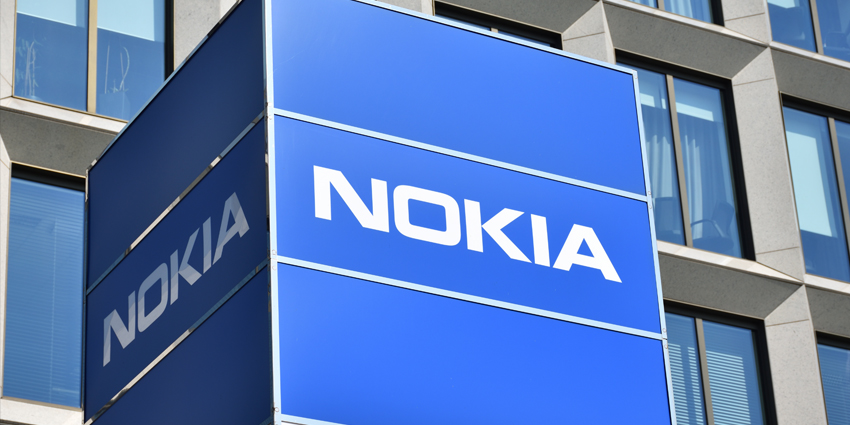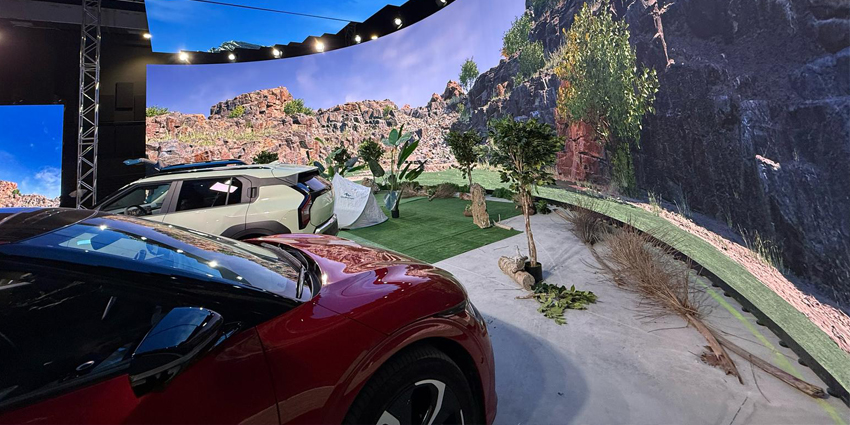To advertise in the Metaverse, agencies and firms will face significant challenges within the emerging space. Meta Chief Executive and Founder Mark Zuckerberg estimates that the Metaverse will gain a billion users and earn over USD 1 trillion in revenues over the next decade.
For example, market research from Precedence Research found that the global XR market stood at USD 35.14 billion in 2022.
It also estimates that the sector will reach around USD 345.9 billion by 2030, with a compound annual growth rate (CAGR) of 33.09 from 2022 to 2030. Education, entertainment, gaming, and training sectors have seen unprecedented growth in XR adoption as the marketplace grows and advertising options continue to emerge as marketing teams leverage the new digital avenue.
Defining the Metaverse for Marketers
The Metaverse is a persistent, virtual space where users can interact in a spatially rendered 3D environment, with expectations to foster brand-related content and sales enablement tactics.
Over time, the Web 2.0-based social media landscape has evolved to feature direct-to-customer stores. These retailers will allow users to pay for products online and ship them to their addresses via integrated social media-based digital storefronts.
Similarly, brands could also open 3D “stores” in the Metaverse. Shoppers visiting can view ads, trial products, and purchase products virtually and physically catalogued.
How Will It Work?
Advertisers can use metaverse advertising as an additional marketing channel, similar to branded mobile apps, banner adverts on Google, website analytics, and organic and sponsored social media.
The Metaverse will also offer full marketing features advertisers can use to track and monitor traffic to branded content. Storytelling and creative content can deliver engaging, immersive advert and customer experiences.
Companies like ARTISANT have led metaverse fashion opportunities, partnering with Red DAO and RTFKT for a series of fashion-based non-fungible tokens (NFTs). The company also teamed up with PUMA to model sustainable digital fashion to the public.
Major brands such as Nike, Adidas, Timberland, and Under Armour have begun launching bespoke metaverse platforms across Decentraland, The Sandbox, Fortnite, Insomnia Labs, and Horizon.
Marketing teams aim to engage with customers, showcase new projects, and build online communities with real-time 3D (RT3D) immersive worlds.
Key Challenges and Concerns
Some of the challenges metaverse advertisers will face include the following:
- Branding boundaries. The Metaverse is a decentralised space; companies may not have control over or understand the opportunities available from immersive advertising places. Users may find that companies will compete for public spaces or even launch legal disputes over virtual real estate.
- Replicating products in the real world. Potential customers may enjoy bespoke content in VR. However, brands failing to deliver digital products could see customer engagement and retention plummet.
- Content overwhelm. The digital world may face constant video popups, indistinguishable sponsored content, and repetitive ads. This could also become intrusive and cause sensory overload.
- Data privacy and ethical issues. Brands will interact with users’ 3D avatars representing their identity. Companies also need to determine whether an avatar shows consent or if they can target ads based on someone’s appearance.
Opportunities for Advertisers
The industry is exploring various VR/AR/MR advertising avenues despite this. Brands can deploy:
Metaverse studios: Many companies have begun developing advertising studios. These will offer firms, retailers, and organisations the tools they need to create bespoke adverts in the Metaverse.
Snap’s Arcadia Studio, Emodo, Nextech AR’s ARitize Studio, and Poplar Studio, among others, have opened their services to retailers and top brands to procure immersive experiences for goods.
VR billboards: Metaverse billboards are easy to design and insert into existing app experiences. For example, people in virtual workspaces might see a billboard depicting a brand campaign.
Sponsored content in social spaces: Social media feeds have a mix of organic and sponsored content. Instead of consuming content alone, brands can share ad experiences across peer networks on platforms like Facebook, Instagram, and LinkedIn.
Product placement in VR games: Game developers could offer product placements in virtual worlds. Immersive gaming platforms like Pokémon Go and Roblox have used the game’s AR creatures to provide bespoke branded content.
A new generation of influencers: The Metaverse will also offer digital humans or AI-powered humanoid bots in 3D. In the future, brands could design their influencers from scratch and transform content delivery.
Immersive native ad experiences: Brands can create full-scale experiences with rich storytelling. This will allow users to interact with products and purchase items without leaving the Metaverse.
The Core Takeaways
Finally, marketing teams must understand the Metaverse is an emerging space. Therefore, the advertising opportunities in XR are still developing. If a marketing team chooses XR and the Metaverse as their advertising route, they must understand how customers interact with this space.
The Metaverse is an emerging and new experience for brands and customers alike. Still, if marketing teams can understand and grow alongside the emerging landscape, countless unique advertising routes exist for forward-thinking groups.







